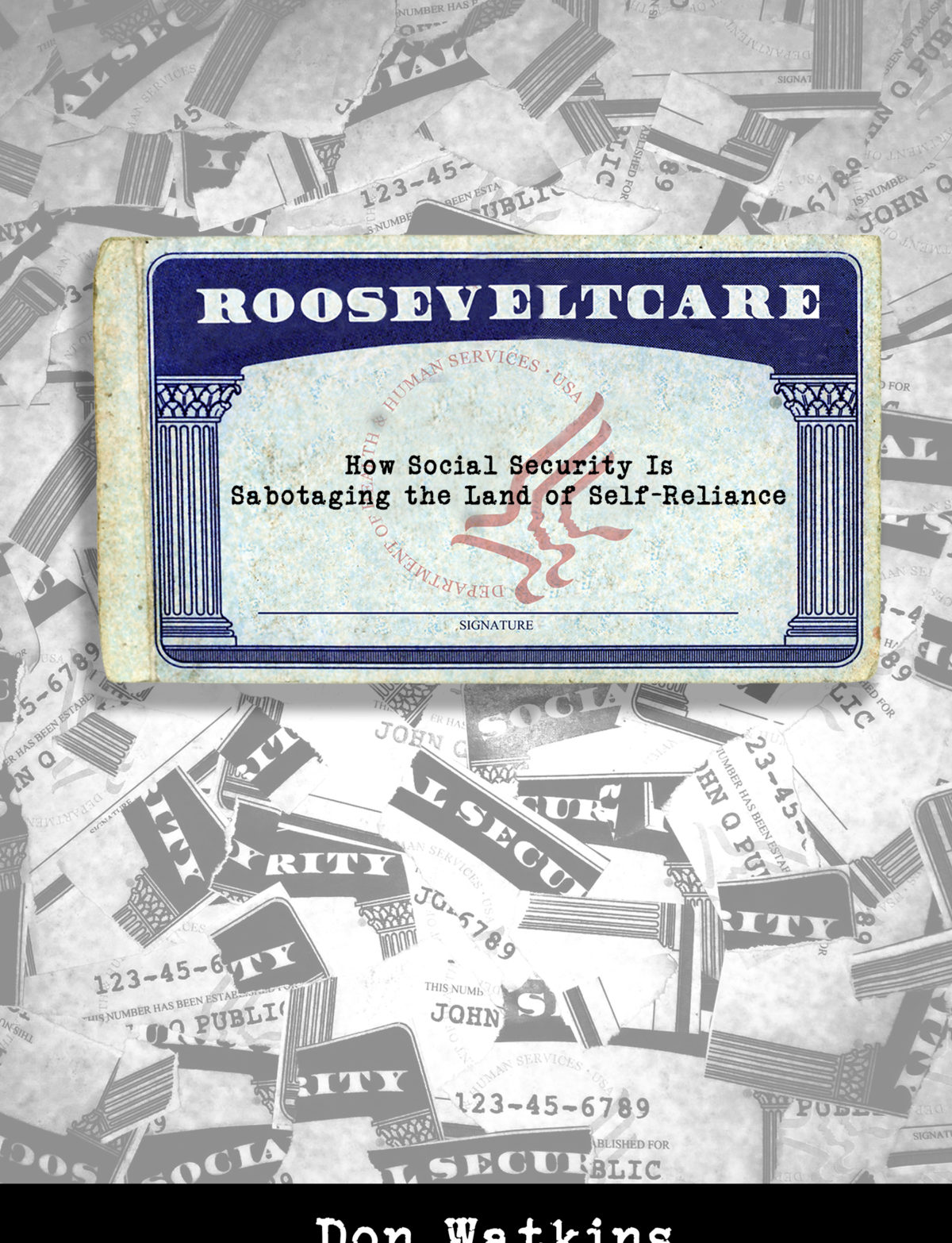
Suppose Congress passed a law requiring that all restaurant meals include broccoli and okra, whether the customer wanted them or not. Restaurants must also charge the same price for all meals, regardless of whether the customer ordered a small salad or a large steak. And they must serve free meals to children up to age 26 whenever their parents purchased a meal.
As meal prices rose, most Americans would understand that this was caused by the government regulations, not the free market. Today, similar laws are driving up the price of health insurance—and it’s equally important not to unfairly blame capitalism for the problems caused by the government.
State regulators currently require health insurers to include numerous “mandatory benefits,” whether customers wish to purchase them or not. The exact mandatory benefits vary from state to state, but might include services such as acupuncture, in vitro fertilization, and autism therapy. Altogether, the 50 states require insurers to provide nearly 2000 benefits, typically driven by special-interest lobbyists exerting political “pull.” This would be the equivalent of the broccoli farming lobby’s forcing restaurants to include broccoli in all meals sold, even if most customers don’t want any.
Similarly, many states require insurance companies to charge essentially identical prices for different services and to accept all applicants regardless of pre-existing conditions that might raise their future medical costs. This is comparable to forcing restaurants to charge the same price for a large steak dinner as for a small salad. The only way such restaurants could remain in business would be to artificially raise the prices for salads to cover the cost of the steaks. Similarly, health insurers must artificially raise the prices for their healthier customers to subsidize the costs of their sicker customers.
Finally, the 2010 ObamaCare health legislation requires insurance companies to cover children up to age 26 under their parents’ plans, whereas previously they could generally ask such adult children to purchase their own health plans at age 19. This is the equivalent of forcing restaurants to include all children’s meals for “free” whenever their parents purchase a meal.
The regulations listed above aren’t the only ways in which government policies raise the price of health insurance, but they are a significant factor. According to the Manhattan Institute, such regulations in New York have increased the costs of health insurance there by 42%. Furthermore, 37% of uninsured New York residents would be able to afford coverage were it not those expensive mandates.
The National Center for Policy Analysis estimates that in other states with similar regulations, insurance premiums are two to three times the national average. They note that a typical family health insurance policy might cost only $3,087 in Wisconsin or $3,259 in Utah. But because of these regulations, similar policies cost $10,398 in New Jersey or $12,254 in New York state.
Likewise, when Massachusetts imposed similar new regulations in 2006, insurance prices skyrocketed. Before the new law was passed, Massachusetts health insurance prices increased at a rate 3.7% slower than the national average. After the new law, prices rose 5.8% faster than the national average.
Furthermore, these insurance regulations run contrary to basic principles of capitalism. In a capitalist system, sellers are free to offer goods and services on any terms they wish according to their best judgment, and prospective buyers are free to purchase those goods and services (or not) according to their best judgment. Restaurants (or insurance companies) can decide which items to offer and what prices to charge without government interference. Sellers must therefore compete to offer customers the best value for their dollars. Over time, capitalism typically results in lower prices and higher quality products for consumers—something we’ve all experienced when purchasing computers and cellphones.
In contrast, government regulations thwart this freedom, and are thus diametrically opposed to capitalism. Because government regulations are the cause of artificially high insurance prices, the solution is not imposing more regulations, but repealing existing ones. This would lower prices and make health insurance available to millions of Americans who cannot currently afford it.
A good partial step in the direction of greater deregulation would be to allow consumers to purchase health insurance across state lines, just as Americans can currently purchase books, clothes, and computers across state lines. As health policy analyst Devon Herrick told The Wall Street Journal, “If consumers do not want expensive ‘Cadillac’ health plans that pay for acupuncture, fertility treatments or hairpieces, they could buy from insurers in a state that does not mandate such benefits.”
Instead of 50 segregated state insurance markets, we would have a single national market where insurers competed vigorously to offer consumers the best value for their health insurance dollar. A struggling New Jersey family would no longer be forced to pay $10,000 for a health plan, but could purchase the much less expensive $3,000 plans already available to residents of Wisconsin or Utah.
A basic principle of medicine is that if we wish to properly treat a disease, we must correctly diagnose its cause. This principle applies to politics as well as medicine. Our current health care system is not a free-market capitalist system, but rather a mixed system of partial capitalism combined with heavy government regulation. We shouldn’t blame capitalism for high insurance prices caused by the government regulations. Just as capitalism has lowered costs for cellphones and computers, capitalism could lower costs of health insurance. Capitalism isn’t the cause of high health insurance prices, but it can be the cure.
– – – – –
Paul Hsieh, MD, is a co-founder of Freedom and Individual Rights in Medicine (WeStandFIRM.org). He practices in the south Denver metro area.



